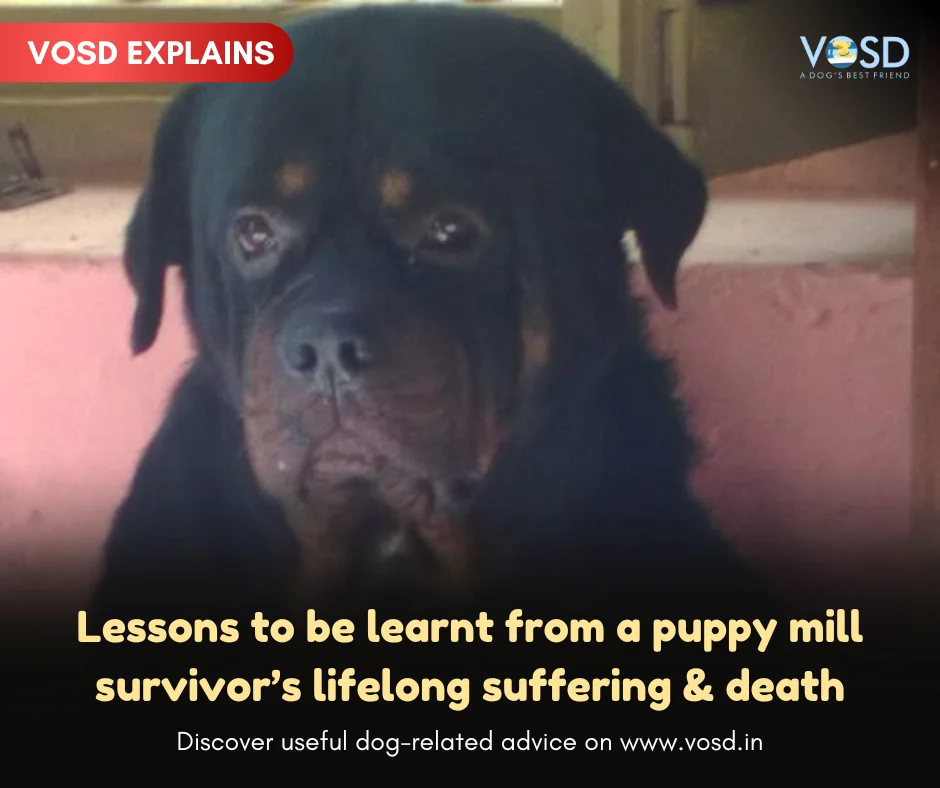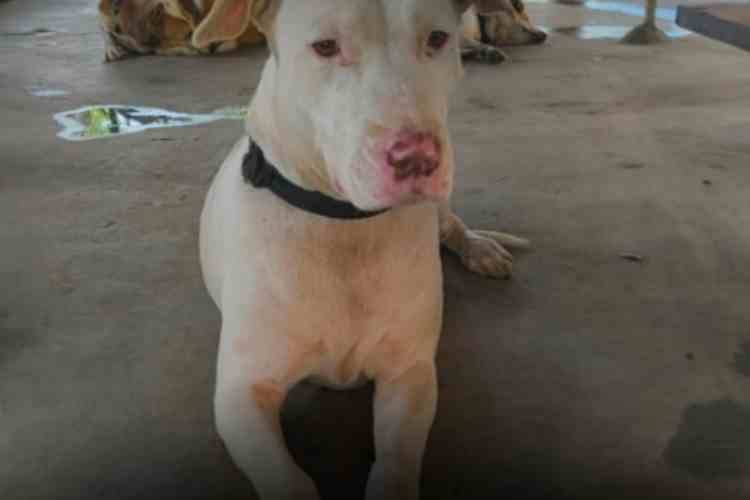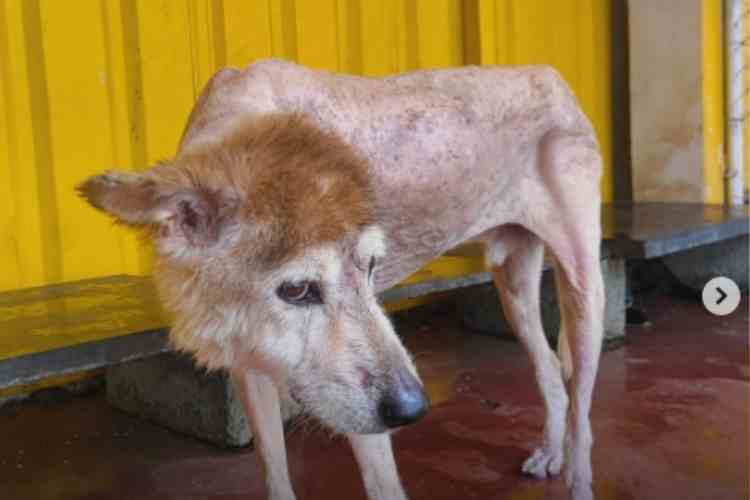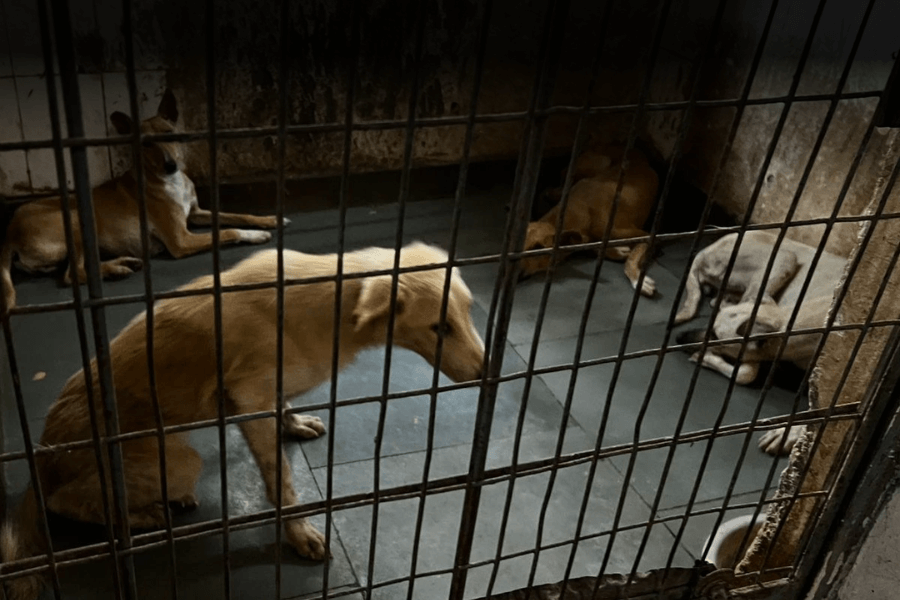Max was a 14-day-old rottweiler when his owner, a bachelor, purchased him from some unscrupulous backyard breeder. He started living in his small flat but Max was a very sickly baby; he had compromised immunity and developed mange within the first month. Soon, the sub-adult Max lost all his fur and started to reek; as expected, the neighbors on the entire floor wanted the ugly dog gone.
Max’s young owner’s dreams of owning a healthy-looking burly rottweiler he could show-off to his friends were brutally thwarted.
Meanwhile, the owner kept Max chained all day, which took a massive toll on the pooch’s mood. Max started to lose his vitality and his owner lost patience; he dumped Max at a shelter in Mumbai for weeks. He was a government servant and was going to be transferred soon; he shared his plans of abandoning Max with his driver.
Thankfully, around this time fate intervened and two volunteers became aware of Max’s case; they went to shelter and brought Max back. Within a month, one of the volunteers adopted Max for good.
Max finally came to his forever home. First task was to manage his mange; after sustained and concerted efforts the condition was contained, and he grew thick black fur. But lifelong management of mange was imperative because of Max’s compromised immunity.
Max also suffered from hip-dysplasia and arthritis ever since he was a baby. He always had trouble walking and was on meds/supplements for both these conditions all his life. He had weak bones which eventually led to development of osteosarcoma; Max’s life was saved by a major operation.
In the latter part of his life, Max developed spondylosis, became paralyzed and recumbent. The resilient dog surmounted this condition also and did start walking again, with the help of a harness. Rottweilers are prone to certain cancers; a tumour in his thoracic cavity, very close to his heart, caused his ultimate demise at age 10.
Max crossed the rainbow bridge on Feb 1st; he was dearly loved by his Mom, and the two staff members, whose help was mandatorily needed to look after him in the last six years of his life.
Max led a comfortable and happy life, but he never did get to frolic about like other normal dogs. He was destined to grapple with tough illnesses throughout his life.
The death of Max and the suffering he went through highlights several important lessons that we should teach everyone, especially when it comes to responsible pet ownership and animal welfare:
Adopt from shelters: Max’s unfortunate fate underscores the risks associated with purchasing pets from backyard breeders or pet stores.
Educate about the dangers of backyard breeding: Max’s health issues and eventual abandonment are tragic consequences of irresponsible breeding practices.
Prioritize health and welfare over aesthetics: Max’s story highlights the importance of prioritizing a pet’s health and welfare over aesthetic traits or breed standards.
Promote responsible pet ownership: Max’s abandonment demonstrates the harsh reality faced by many pet dogs in India when owners are unwilling or unable to fulfill their responsibilities.
Support efforts to end puppy mills and backyard breeding: Max’s story underscores the need for continued advocacy and support for efforts to end puppy mills and backyard breeding operations.
Encourage involvement in initiatives aimed at raising awareness, lobbying for legal changes in animal welfare laws, and promoting adoption and spaying/neutering programs to address the root causes of pet overpopulation and unethical breeding practices.








